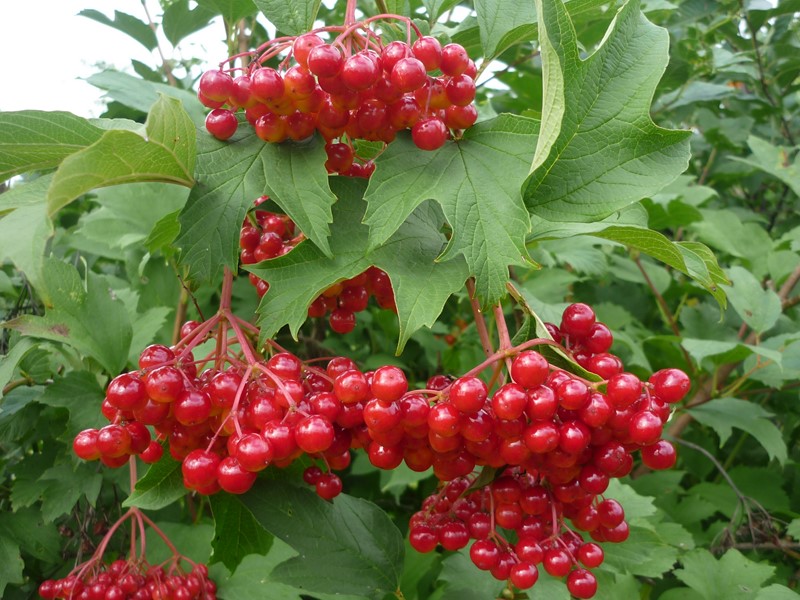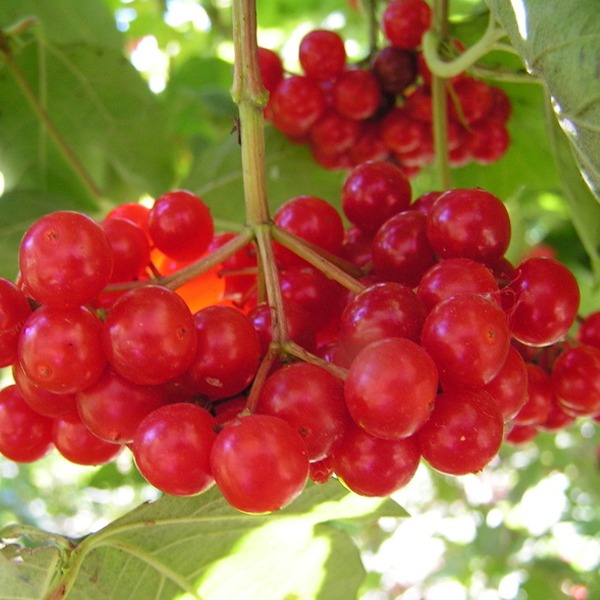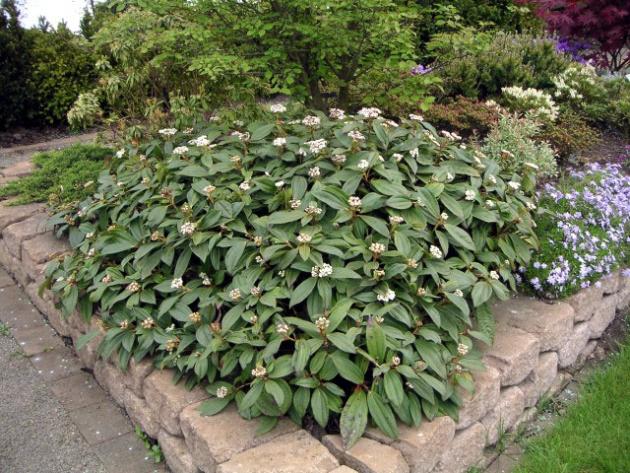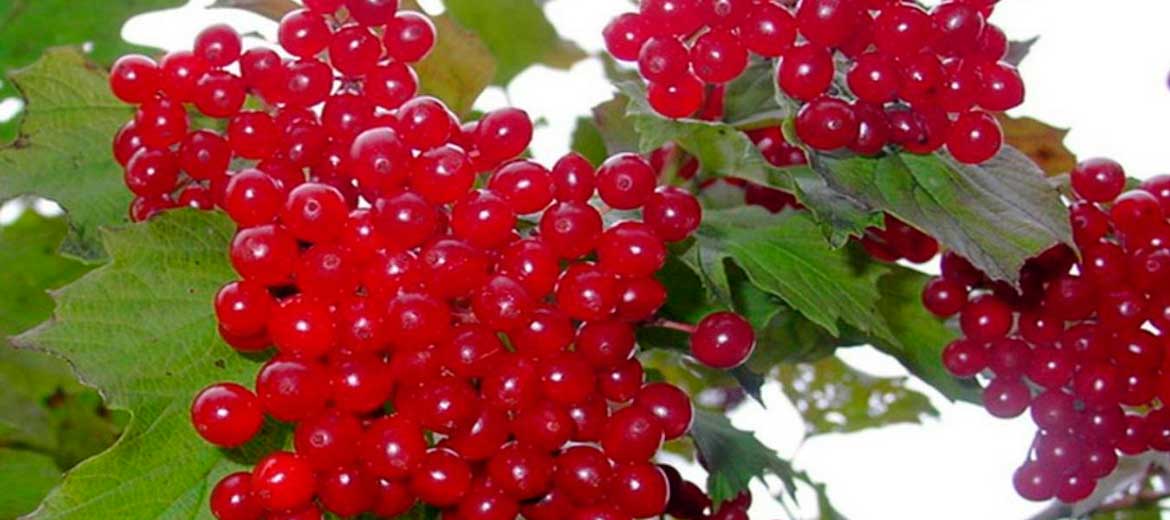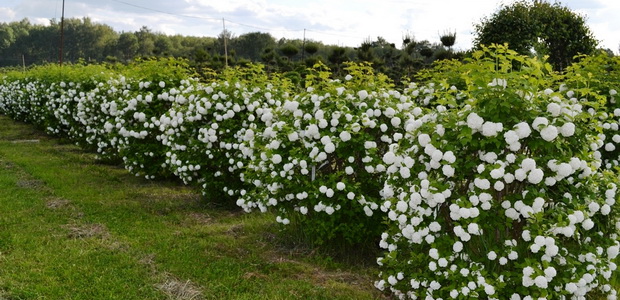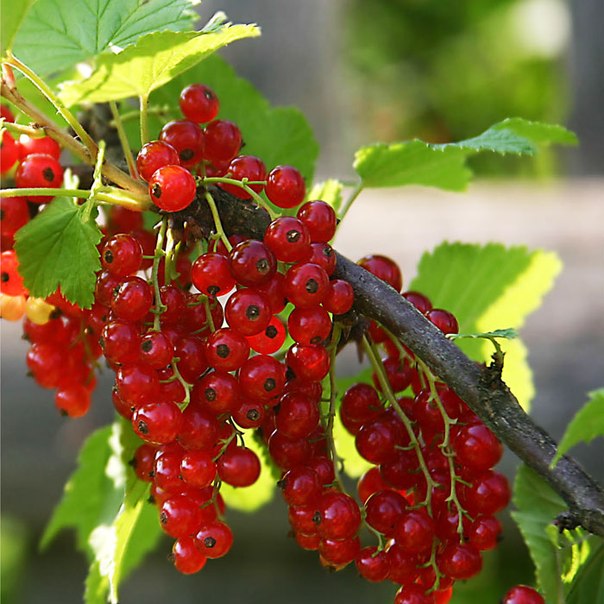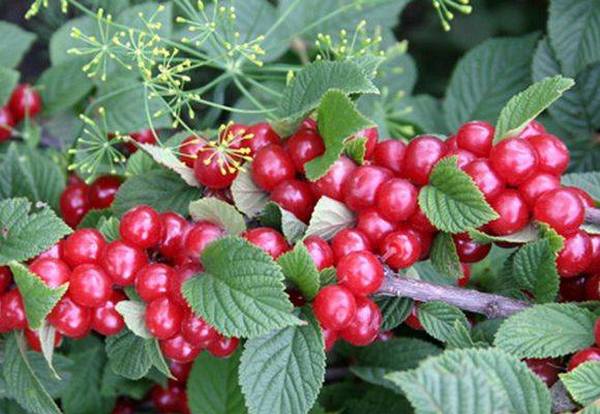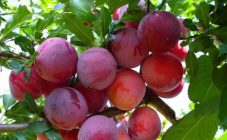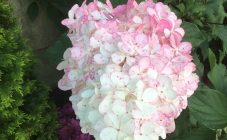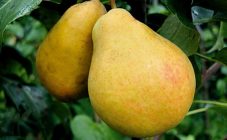Content:
Previously, viburnum was not very popular, it was considered too ordinary and unassuming. But as time passed, views changed and the varieties of this plant settled in many gardens and summer cottages, winning the hearts of owners of home gardens with the splendor of flowering, ease of care, winter hardiness and attractive appearance.
TOP popular varieties
One of the advantages is a huge list of different types of viburnum. Both deciduous and evergreen shrubs or trees are cultivated. Farmers grow both remontant and non-fruiting varieties of this plant, which differ in a variety of shapes and sizes. There are even subspecies blooming in winter - these are Forreri and Bodnantenskaya viburnum.
The most popular are the following varieties of red viburnum:
- From medium-sized: Zholobovskaya, viburnum Red coral, Red bunch, Leningradskaya elite.
- From the strong-growing: Roseum, Maria, Ulgen, Shukshinskaya, Dachnaya.
- From the undersized: Eskimo, common viburnum Nanum and viburnum Compactum, as well as Nana dwarf.
In regions with severe weather, viburnum varieties Shukshinskaya, as well as Zarnitsa, Zakat, Maria, Ryabinushka, Vigorovskaya, will best take root.
For territories with a temperate climate (for example, the Moscow region), Souzga, Ulgen, Zholobovskaya, the variety of viburnum Taiga rubies are suitable.
Gardens in warm areas will be decorated with Aurora, Elixir, Garnet bracelet, Red bunch.
A separate place is occupied by sweet-fruited varieties of viburnum, which are distinguished by the sweet taste of berries without bitterness: Vigoroskaya, Souzga, Shukshinskaya, Bureinskaya, Leningradskaya Otbornaya.
Unusual and original varieties
An unusual type of plant is gaining more and more popularity.
Gordovina, or black
Differs in a compact crown and tall, reaches 5 m in height. Wrinkle-leaved viburnum with juicy green leaves in the upper part of the crown and slightly silvery below.
Toothed
A tall shrub with a dense crown grows up to 5 m. Features of the variety: viburnum has blue berries and jagged foliage with obvious deep cuts.
Canadian
The tree is quite high for a viburnum in size: up to 6 m. The crown is spherical, resembling the shape of an egg. The foliage is wide, glossy, with pointed ends in a bright green hue, which, with the arrival of autumn, is replete with all shades of red and burgundy. It blooms with pale white small flowers, collected in inflorescences. The fruits are dark blue in color.
Forked
The foliage changes color depending on the season: in the spring - red-brown, in the summer - green, in the fall - an almost poisonous lilac shade. Parallel veins with branches form a fancy pattern. The fruits are red.
Wrinkled
The variety belongs to evergreen shrubs, has strongly pubescent branches. It grows up to 3 m. The leaves are glossy on top, with a downy down. It blooms in gray with yellow color. The berries are oblong oval, red in color.
Kalina varieties Sargent
A four-meter spreading bush with maple-like leaves and white inflorescences.
Folded viburnum
The bush is up to 3 m high. Wide velvet leaves of rich green color frame white creamy inflorescences. From this variety, a subspecies of Pink Beauty is obtained, the flowers of which are characterized by a color change from white to pink during the flowering process.
Viburnum laurel variety
An evergreen bush with a dense crown of three meters in height. The foliage is bright green above, white discolored fluffy below. The inflorescences include fragrant pink-white flowers, bears fruit with dark blue, blue-black berries. Has variegated varieties.
David's variety
Dwarf shrub up to 1 m in height. Differs in slow growth and horizontal growth of branches.
Buldenezh
Snow-white large spherical inflorescences of viburnum are the visiting card of the variety. Does not bear fruit. Reaches a height of 3.5 m.
Blue Muffin
Perennial toothed subspecies of viburnum, blooming in summer with white inflorescences with a pleasant smell, in autumn fruiting with blue berries in brushes.
Breeding specifics
Even if viburnum varieties do not require special care, some features should still be taken into account.
Garden viburnum, like most types of shrubs, is planted in open soil on the site in spring, after warming up the earth, or in autumn, before the onset of cold weather.
The leaves of the edible viburnum hatch relatively late. Seedlings with open roots are preferably planted in April and May days, they will have time to start before the buds swell. In addition, they will feed on moisture remaining in the ground from melting snow.
Description of the benefits of closed roots:
- Works can be carried out in spring, summer and autumn - from September to November.
- When planting in the chosen place, there is no possibility of damage to the root system, since it is protected from the outside.
- Such seedlings, when properly planted, have a shorter acclimatization period and a high survival rate.
Suitable soil, watering and fertilizing
Shrubs can take root in any soil, which is why wild viburnum is so common. But it is desirable that the substrate is light, fertile.
Despite the fact that viburnum loves moisture, water stagnation is contraindicated for it, therefore, when planting, drainage must be done in the hole. It is worth choosing a sunny place, but in a small shade, the bush will develop rapidly.
Fertilize 4 times from spring to winter. For the first time - when throwing out foliage, the second and third times - before and during flowering, the last - before wintering.
Pruning
Without pruning, the number of shoots will increase rapidly, they will all tend upward towards the sun, and soon the bush will turn into an unkempt clump of tangled branches.
Pruning is a very important part of crop maintenance. Depending on the need, perform:
- sanitary;
- thinning out;
- formative trim.
In the first method, sick, dried, frozen shoots are removed, in the second case, they get rid of excess, densely growing and irregular branches that interfere with the development of the plant. The latter type of pruning is carried out in order to give the culture an aesthetic appearance by forming a crown.
Sanitary pruning is carried out at any time of the year, thinning - from mid-spring and during the summer, shaping - in early spring, 2-3 times in summer, in late autumn.
Pests
Periodically, viburnum can be overcome by pests that have a detrimental effect on the plant and negatively affect the quality and quantity of the crop.
The tree is attacked:
- leaf roll,
- leaf beetle,
- gall midge,
- moth,
- sawfly,
- aphids and moths.
When fighting these insects, you need to shake them off the shoots every morning on the film, spread under the crown. Then get rid of them.
Purchased complex action products cope with unwanted "guests" perfectly: fufanon, lightning, kinmix, karbofos, fitoverm, green soap.
Diseases
Viburnum viburnum is susceptible to the following diseases: powdery mildew, gray and fruit rot, yellowing, mosaicism and leaf spot can also be observed.
Interesting features of viburnum
- Almost all the fruits of viburnum varieties are edible, tart on the palate, mostly bitter, but there are also sweet ones.
- The viburnum harvest has beneficial properties: it is rich in phosphorus, potassium, magnesium, iron, copper, manganese, iodine, vitamins A and C.
- Berries have a lot of applications: they make jams, bake pies, use them to make tea, treat themselves, make all kinds of cosmetic masks and scrubs, make alcoholic beverages.
- Almost all the components of viburnum (bark, leaves, flowers, berries) are used for medicinal purposes.
- The shape of the crown can be easily changed, since these shrubs tolerate pruning well.
- Plant varieties are often used for the benefit of humans: they are planted along roads to create snow-collecting areas; for strengthening the soil in mountain areas; to attract birds to forests, planting different species of viburnum in plantings; and also planted in public places (often it is a viburnum of the Sargent Onondaga variety).
Having decided to decorate your garden with viburnum shrubs, you can get lost in the variety of varieties. Which variety to choose: dwarf or tall, with ordinary red fruits or with a more original color, with a round crown shape or a more spreading version? But even having opted for the first variety that comes across, it will be possible to settle an excellent decorative ornament on your site, which also has a lot of useful properties and does not require significant efforts when growing.
